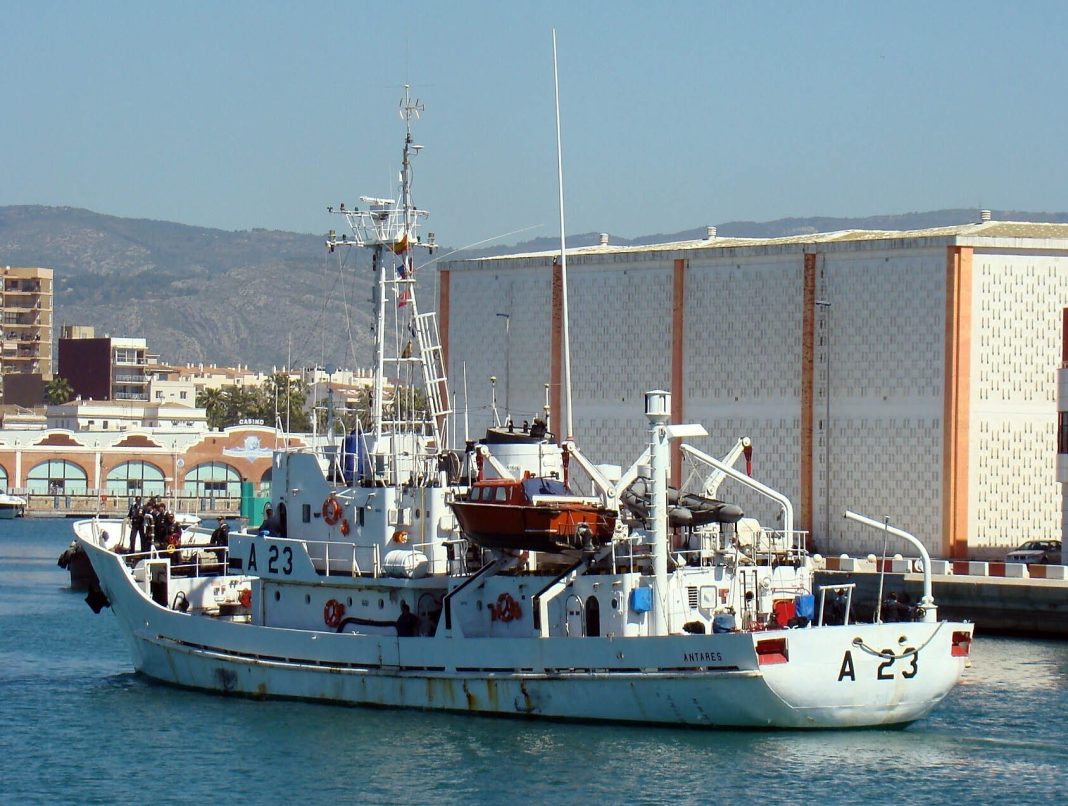The Spanish Ministry of Defence and local shipbuilder Navantia have agreed a contract for the construction of two coastal hydrographic vessels (BHC) for the Spanish Navy.
The main mission of the BHCs is the production and maintenance of the official nautical cartography of the Spanish State, in the waters and coasts of Spain, as part of the Marine Hydrographic Institute (Instituto Hidrográfico de la Marina (IHM).
The institute is responsible for operating the vessels and for the publication and dissemination of the nautical charts in the area of national responsibility.
The vessels will replace the hydrographic vessel Antares, which was built in the 1970s and the only one still in service out of the four of the Castor class.
The new BHCs are an important step in the renewal of the Hydrographic Fleet, as well as the green transition to biofuels as the new ships willcomply with the latest emissions regulations.
Navantia has submitted a conceptual design to the Spanish Ministry of Defence, in accordance with the requirements necessary to fulfil the vessel’s missions.
The ships will be 47m long and have a displacement of around 900 tonnes. With a reduced crew up to 30 people, due to their high degree of automation, they will have a range of 3,000 miles and will be able to operate in waters up to 200 meters deep for 15 days.
The ships will be built at Navantia’s shipyard in San Fernando (Cádiz, Spain). The BHCs will be capable of carrying out hydrographic surveys to enable cartography, support the Fleet with geographic, environmental and meteorological information, and protect underwater archaeological heritage.
To this end, they will be equipped with hydrographic equipment such as echo sounders, side scan sonar or positioning systems that will contribute to the study of the water column and the seabed.
Moreover, they will have autonomous means such as an ROV (Remotely Operated Vehicle), a USV (Unmanned Surface Vehicle) and a hydrographic boat, which will work autonomously to compile and record data and have the capacity to carry out hydrographic and oceanic work.
Photo courtesy of shipspotting.com


